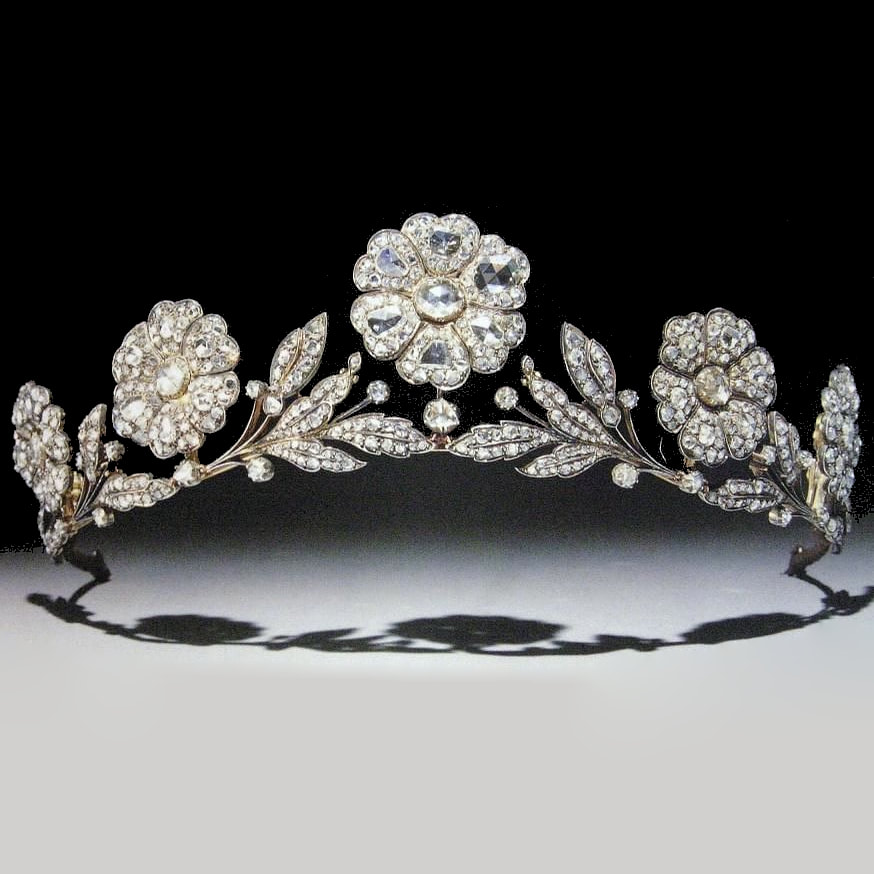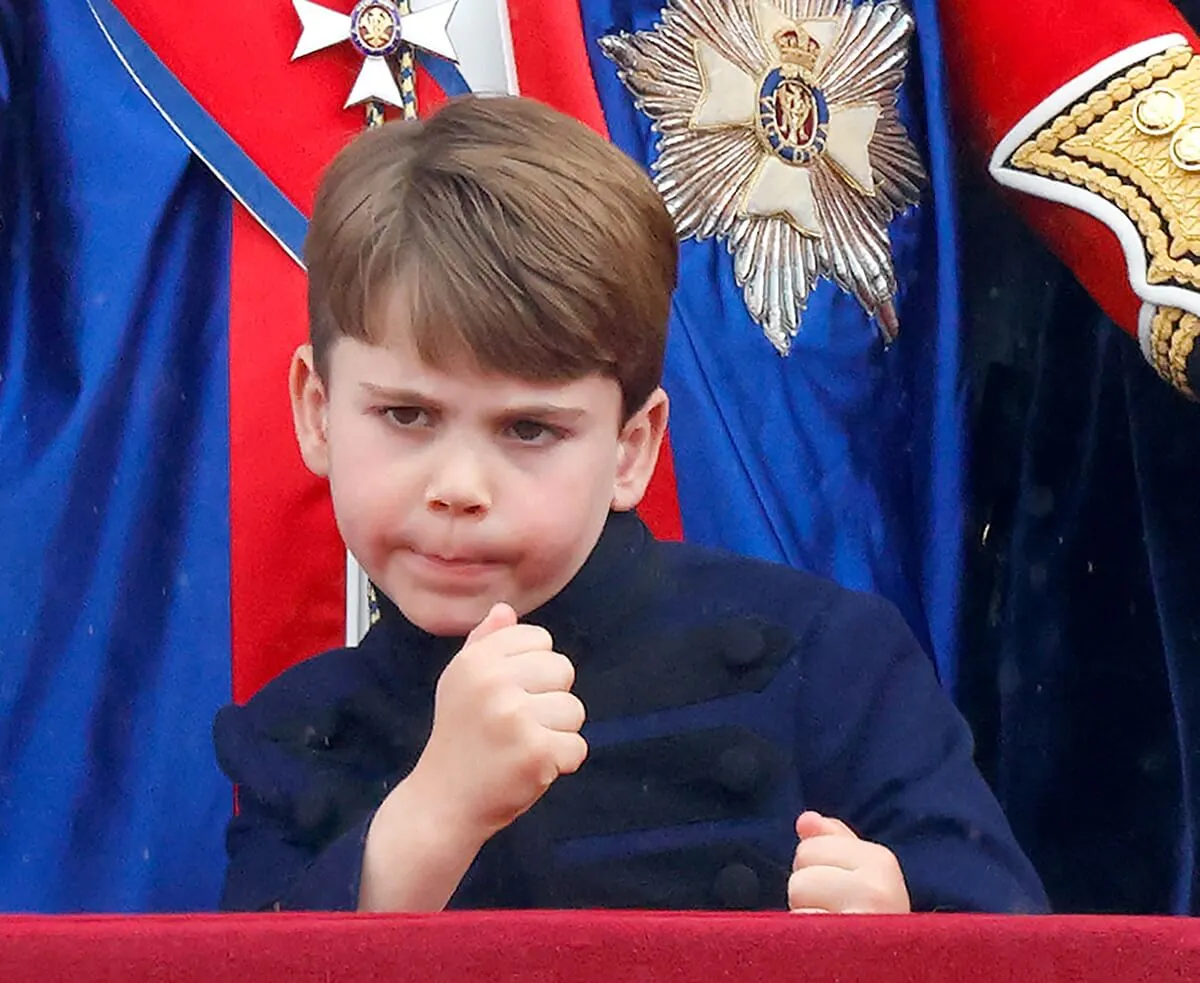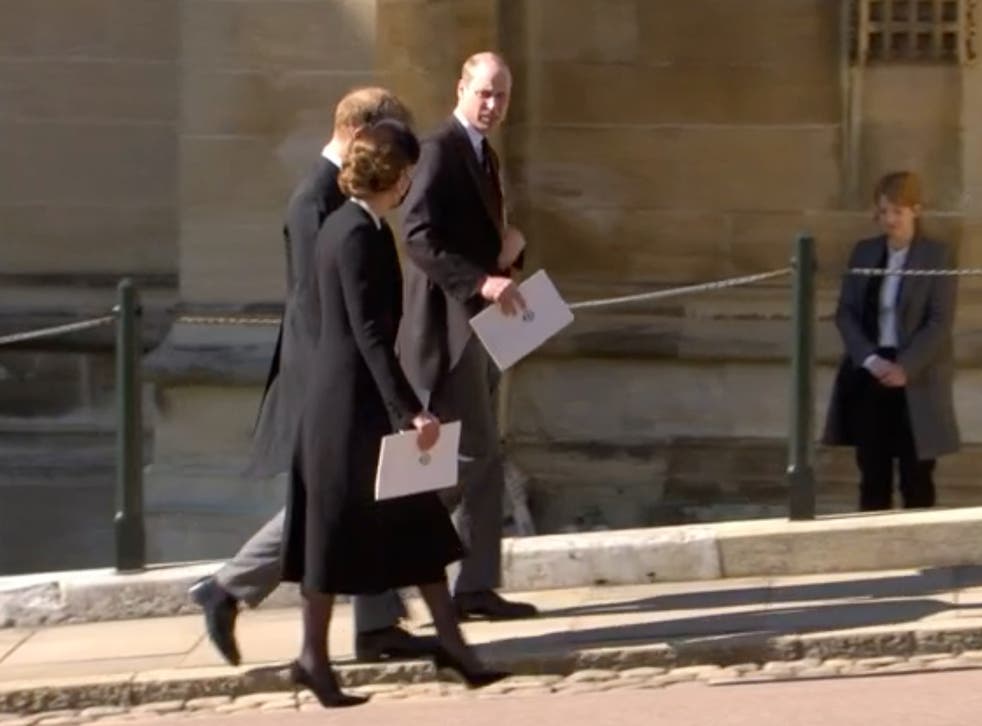The Return of the Strathmore Rose: A Tiara’s Century-Long Journey Back to the Spotlight
Royal jewels are never just ornaments. They are heirlooms, storytellers, and silent witnesses to history. Each tiara carries with it decades of symbolism, often surfacing only at pivotal moments. This month, when the
A Wedding Gift in 1923
The story begins in 1923, when Lady Elizabeth Bowes-Lyon—later the beloved Queen Mother—married the Duke of York, the future King George VI. To celebrate her union, her father, the
The tiara itself had been crafted in the late 19th century and embodied the romantic sensibilities of the era. Set in platinum and brimming with diamonds, it featured
A Fashionable Queen in Waiting
In the 1920s, tiaras were not always perched upright on the head as we see them today. Fashion then leaned toward bandeau styling—tiaras worn low across the forehead. And it was in this romantic, almost ethereal style that Elizabeth Bowes-Lyon was most often photographed wearing her Strathmore Rose.
Portraits from those early years show the young Duchess of York exuding youthful elegance with the tiara draped gracefully across her brow. Later, she also wore it in the conventional upright position, thanks to its
The Last Public Appearance
By 1935, the Strathmore Rose had all but disappeared from view. The explanation lies partly in history itself. When King George V died in 1936 and his son Edward VIII abdicated later that year, Elizabeth’s husband ascended the throne as George VI. Suddenly, the Duchess of York became
With her new role came access to the Royal Collection’s full array of jewels—pieces of grandeur and scale that dwarfed the more delicate Strathmore Rose. Though beautiful, the tiara was modest compared to the imposing diadems and crowns of state. Quite naturally, Elizabeth chose from grander selections for her public duties as Queen.
A Forgotten Jewel
For decades, the Strathmore Rose sat in the vaults, its delicate sparkle overshadowed by more famous tiaras. Though it remained part of the royal jewel collection, neither Queen Elizabeth II nor Queen Camilla ever wore it. Instead, in 2002, it was lent to the
Catherine’s Revival
Two decades later, the answer has finally arrived. The Princess of Wales recently wore the Strathmore Rose Tiara, bringing the piece back into public consciousness. And she did so with an instinctive sense of style, pairing the floral jewel with a gown embroidered in blossoms, creating a harmony of history and fashion.
For many royal watchers, it was a moving moment—an echo of the Queen Mother in her youth, revived by the woman who will one day be Queen herself. The tiara, once dormant, has found new life on Catherine, who has long shown a talent for weaving tradition into her modern royal role.
Why Now?
The choice of the Strathmore Rose was not accidental. With its centennial anniversary approaching—exactly 100 years since it was gifted in 1923—its reappearance feels almost symbolic. It marks both remembrance and renewal: a way of honoring the Queen Mother while simultaneously signaling Catherine’s readiness to embrace her role as custodian of the monarchy’s traditions.
The floral motif, too, resonates with Catherine’s image. Known for her affinity with nature, children’s charities, and the language of flowers, the tiara reflects her personal values as much as her public duties.
Will We See It Again?
That is the question now tantalizing royal watchers. Was Catherine’s wearing of the Strathmore Rose a one-off tribute, or does it herald a revival of this long-slumbering jewel?
Practical considerations may temper expectations. The tiara is delicate compared to other royal pieces, and its antique design requires careful handling. Yet, its romantic symbolism and unique history make it an irresistible choice for future banquets, state occasions, or even weddings.
If not seen regularly on Catherine, it may yet sparkle on the heads of her daughter Charlotte or future Gloucester and Kent brides, ensuring that the Strathmore Rose continues its story into the next century.
A Century in Bloom
The Strathmore Rose Tiara is more than a jewel. It is a thread that ties together the lives of four royal women: a young bride in 1923, a Queen Consort in the 1930s, a monarch who lent it for display in 2002, and now a modern Princess of Wales who has breathed new life into it.
One hundred years on, the tiara still blooms—its roses not fading but enduring, just as the monarchy itself adapts and survives.
For Catherine, its reappearance is both personal and symbolic: a nod to the past, a celebration of the present, and a promise of the future. And for those who cherish the romance of royal jewels, the Strathmore Rose is no longer a forgotten relic, but a treasure reborn.
When Prince Louis Dances, the World Remembers Diana


There are moments that feel almost ordinary at first glance—a child laughing, a mother clapping, the joy of movement—but for millions who saw a recent video of Prince Louis dancing, it was anything but ordinary. In those seconds, something deeper stirred: a memory of Diana, the “People’s Princess,” and the unshakable bond she left behind.
The clip, which spread across the internet like wildfire, shows little Prince Louis moving with unrestrained joy, as though the world were his stage. His carefree rhythm, his grin too wide to contain—something about it struck a chord. Was it talent passed down from his father, Prince William? Or was it something else, something harder to explain—a spark that felt achingly familiar?
Diana’s Legacy in Motion
For those who lived through the 1980s and 1990s, Diana was not just a princess. She was a cultural heartbeat, a symbol of compassion and vulnerability wrapped in royal formality. Yet she was also the mother who knelt down to hug her children, who chased William and Harry through gardens, who refused to let the weight of the crown keep her from being human.
Seeing Louis dance brought back the memory of Diana clapping along at charity galas, laughing with children in hospital wards, moving with a rhythm that belonged to joy rather than protocol. The video felt less like a performance from a royal child and more like a whispered reminder: Diana is still here. Not in body, but in spirit, carried through her grandchildren.
A Connection Across Generations
For viewers in their forties, fifties, and sixties, the sight carried a double weight. Many remember being young adults when Diana’s story first unfolded—the fairy-tale wedding, the heartbreak, the tragic end. They remember where they were on that late August morning in 1997 when news broke that she was gone.
And so, to watch Prince Louis twirl and clap is not just to see a child dance—it is to see time folding in on itself. It is William as a boy, laughing at his mother’s side. It is Harry chasing after her, desperate for one more moment of play. It is Diana herself, reborn in the sparkle of her grandson’s eyes.
This is why the video resonates so deeply: it collapses decades of memory into a single image, reminding us that love leaves an imprint no tragedy can erase.
The Joy We Crave in a Restless World
In a time when the world feels fractured—politically, socially, emotionally—there is something healing about watching a child dance with abandon. No titles, no headlines, no royal protocol. Just a boy moving as all children do, unafraid of judgment.
For the generation that grew up with Diana, the image speaks even louder. Life has taken so much since then—youth, certainty, loved ones—but here, for a moment, it gives something back. A reminder that joy can still surprise us. That innocence still exists. That Diana’s laughter didn’t vanish on that Paris night—it echoes in her grandson’s playful steps.
William’s Role: A Father First
The question posed by the video—“Did Louis inherit his talent from William?”—is almost beside the point. Because what the video truly shows is the parenting William himself longed for. He knows what it means to grow up motherless, to carry the burden of public duty too young. And he has made it his mission to give his children the kind of joy Diana gave him in the brief years they shared together.
Louis’s dancing is not just a reflection of William’s parenting—it’s proof of his healing. Diana once said she wanted her boys to be known not as princes, but as men with compassion. Watching William clap along with his son, the world sees a man who has honored that wish.
Why We Can’t Look Away
It’s easy to dismiss a viral video as just another fleeting trend. But sometimes, a moment online captures something eternal. This one is about more than a dance. It’s about resilience. About memory. About the way love, once planted, never truly dies.
Diana’s story has always been ours, too. Her struggles mirrored the struggles of ordinary people: heartbreak, longing, the search for dignity in a world quick to judge. Her love for her children was a love every parent could recognize.
And now, when Prince Louis dances, we are reminded not of monarchy, but of humanity. That behind palaces and ceremonies, there is still a family stitched together by laughter and loss, hope and memory.
A Final Thought
Nearly three decades after her passing, Princess Diana’s presence continues to ripple through the world—not through official portraits or statues, but through moments like this. A child’s dance. A grandmother’s echo. A legacy not carved in marble, but written in movement and joy.
Perhaps that’s why millions have watched and shared this clip. It isn’t about the royals. It’s about us—about remembering that no matter what life takes, it also gives. That joy returns, even after grief. That love, once given, can’t be erased.
When Prince Louis moves to the music, the world doesn’t just see a boy. It sees Diana again. And for a fleeting, beautiful moment, she is still here.









